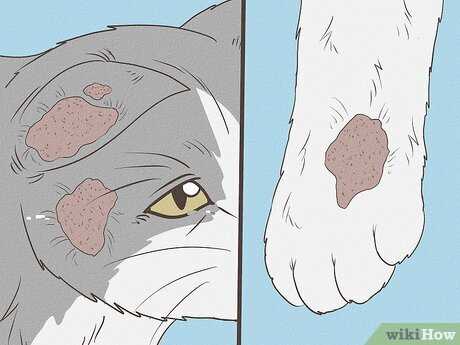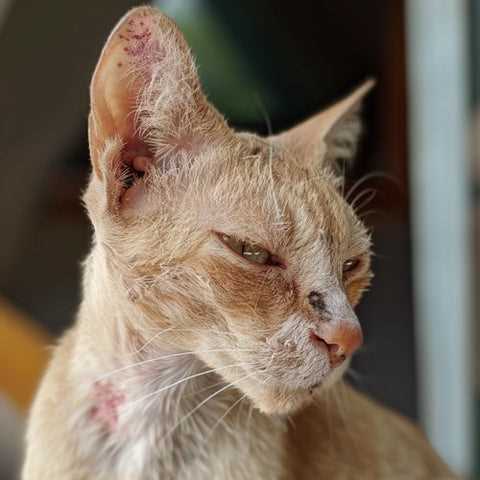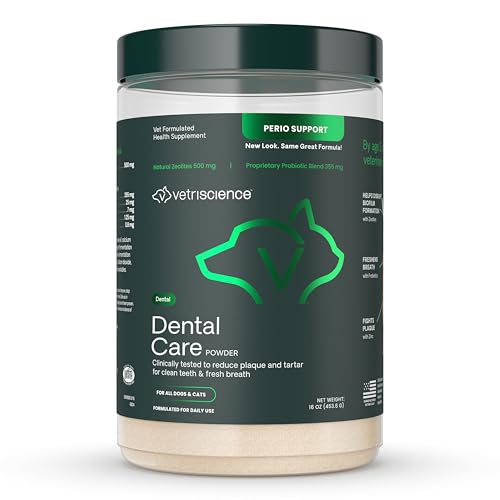First off, consult your veterinarian for a proper diagnosis and treatment plan tailored to your needs. Regular check-ups ensure you tackle any issues head-on, especially when dealing with infections that could spread.
Daily cleaning of your environment is key. Use a mixture of bleach and water to disinfect surfaces where you spend time. This includes bedding, toys, and grooming tools. Removing sources of infection reduces the risk of re-infection.
Topical antifungal creams or ointments may be recommended for localized infections. Follow the veterinarian’s instructions carefully, applying the medication as directed until the full course is completed. Oral antifungal medications might be necessary for more severe cases, so don’t hesitate to discuss these options.
During the recovery phase, keeping your immune system strong is crucial. A balanced diet rich in nutrients supports healing, while regular playtime helps reduce stress. Always monitor for signs of irritation or worsening symptoms, and keep an open line of communication with your vet.
Identifying Symptoms of Ringworm in Cats
I’ve noticed some signs that might indicate an infection. Look for patches of hair loss, especially round ones, which often appear on the head, ears, and paws. The skin in these areas may look red or inflamed.
Another indicator is excessive scratching or grooming. If I’m constantly nibbling at my fur, it could mean something is irritating my skin. Pay attention to any flaky or scaly spots, as these can also suggest a fungal issue.
Sometimes, the skin might develop a crusty texture. If you see any oozing or weeping lesions, it’s a clear signal that something isn’t right. Additionally, watch for changes in behavior; if I seem more withdrawn or less playful than usual, it could be discomfort from this condition.
Finally, a visit to the vet is crucial for proper diagnosis. They can perform tests to confirm the presence of the fungus, so don’t hesitate to seek professional advice if these symptoms are present.
Isolating Your Feline Friend to Prevent Spread
Quarantine is a must. Set up a separate room for me away from other pets and family members. This limits contact and helps contain the infection.
Make sure the isolation area has all essentials: food, water, litter box, and a cozy spot to rest. Keep this space clean and comfortable to reduce stress.
Regularly monitor my condition and maintain hygiene. Wash your hands after handling me and avoid touching other animals until your hands are clean. Use disposable gloves if possible.
Limit my exposure to shared spaces in your home. Avoid letting me roam freely until I am completely clear of the infection. This can take several weeks, so patience is key.
Check on other pets in the household. If they show signs of infection, they may need isolation too. Consult a vet for advice on managing multiple animals.
To further prevent spreading spores, clean the isolation area frequently. Vacuum carpets, wash bedding, and sanitize surfaces. Keep a dedicated set of cleaning tools for this purpose.
Here’s a table summarizing the steps I recommend for effective isolation:
| Action | Description |
|---|---|
| Set Up Isolation | Create a dedicated room with essentials. |
| Maintain Hygiene | Wash hands and use gloves after contact. |
| Limit Movement | Avoid letting me roam freely. |
| Monitor Other Pets | Check for symptoms in other animals. |
| Regular Cleaning | Vacuum and sanitize the isolation space. |
Following these steps will help keep the infection from spreading, ensuring everyone stays healthy.
Choosing the Right Antifungal Treatments

For effective management of fungal infections, consider topical solutions like clotrimazole or miconazole. These creams or ointments can be applied directly to the affected areas. Alternatively, oral medications such as griseofulvin or itraconazole may be prescribed by your vet for more severe cases.
Consistency is key; follow the dosage and duration recommended by your veterinarian to maximize success. Regular monitoring of your progress is necessary to ensure the infection is clearing up. If you notice no improvement within a couple of weeks, consult your vet for possible alternatives.
While treating the infection, maintaining a clean environment is crucial. Use cat litter for cats with allergies to minimize irritation and promote healing. This choice can help avoid additional stress on sensitive skin.
Don’t forget to clean your living space. Regularly wash bedding and toys, and consider how you clean your belongings; for example, can I wash my car with high pressure washer might be a valid question to ensure you’re not transferring spores back into your home.
Always consult your vet before starting any treatment to ensure it’s suitable for your specific situation. Every little detail counts in the recovery process!
Administering Medications Safely to Your Feline Friend

Always use a pill pocket or a small amount of soft food to hide the medication. This makes it easier for me to swallow without any fuss. If the treatment is liquid, I prefer it in a syringe, which allows for accurate dosing without making a mess.
Maintain a calm environment during the process. I can sense stress, which might make me more resistant. You should speak softly and offer gentle pats to reassure me.
Check the dosage carefully. Overdosing can lead to serious health issues, while underdosing might not resolve the problem. Follow your vet’s instructions precisely.
Use a towel to wrap me securely, leaving only my head exposed. This prevents me from wriggling away and helps you administer the medication without a struggle.
Observe me for any adverse reactions after giving the medicine. If I show signs of distress, such as excessive drooling or vomiting, contact the vet immediately.
Always wash your hands after handling any medications to avoid contamination or accidental ingestion. This ensures both my safety and yours.
Store medications out of my reach. A curious paw can easily knock over a bottle or chew through a package. Safety first!
Regularly check the expiration dates of any treatments. Using expired products can be ineffective or harmful.
Lastly, reward me with a treat or extra cuddle time after administering medication. This positive reinforcement helps build a more cooperative experience for future doses.
Cleaning and Disinfecting Your Home Thoroughly
Start by vacuuming carpets, rugs, and upholstery to remove any stray hairs and spores. Make sure to empty the vacuum outside to prevent recontamination. After vacuuming, wash all bedding, blankets, and toys in hot water. This will help eliminate any lingering spores that might be hiding.
Choosing the Right Cleaning Solutions
Use a mixture of water and a diluted bleach solution (1 part bleach to 10 parts water) or a commercial antifungal cleaner specifically designed for surfaces. Focus on frequently touched areas where I hang out, like furniture, countertops, and floors. Allow the solution to sit for at least 10 minutes before wiping it away to ensure it kills any remaining spores.
Regular Maintenance
Establish a routine for cleaning to minimize future risks. Regularly disinfect high-traffic areas and keep my environment free of dust and clutter. Consider using an air purifier to help capture spores that may become airborne. Regular grooming can also help reduce the spread of fungi, so keep an eye on my fur.
By maintaining a clean space, you can help ensure I stay healthy and comfortable, minimizing the chances of recurrence. Stay diligent, and let’s keep my home a safe haven!
Monitoring Recovery and Follow-up Care
Regular check-ups with the veterinarian are crucial during the recovery phase. I recommend scheduling follow-up visits every 2-4 weeks to assess progress and adjust treatment as necessary.
Keep a close eye on my skin. Look for:
- Decreased redness and inflammation
- Improvement in hair regrowth
- Reduction in scabs or lesions
Document any changes in my behavior, such as increased energy or playfulness, which may indicate a positive response to the antifungal regimen.
Continue to monitor the environment for any signs of reinfection. Regularly check bedding, scratching posts, and any areas I frequent. Daily vacuuming and disinfecting surfaces are advisable to eliminate fungal spores.
While treatment can last several weeks, the duration may vary. Adhere strictly to the prescribed treatment plan, even if symptoms appear to resolve earlier. This helps prevent relapse.
Discuss ongoing care with the veterinarian, including the potential need for continued antifungal applications or adjustments to the treatment protocol based on my condition.
Stay patient and attentive throughout this process. Recovery may take time, but consistent monitoring and follow-up care can significantly enhance the chances of a complete resolution.






